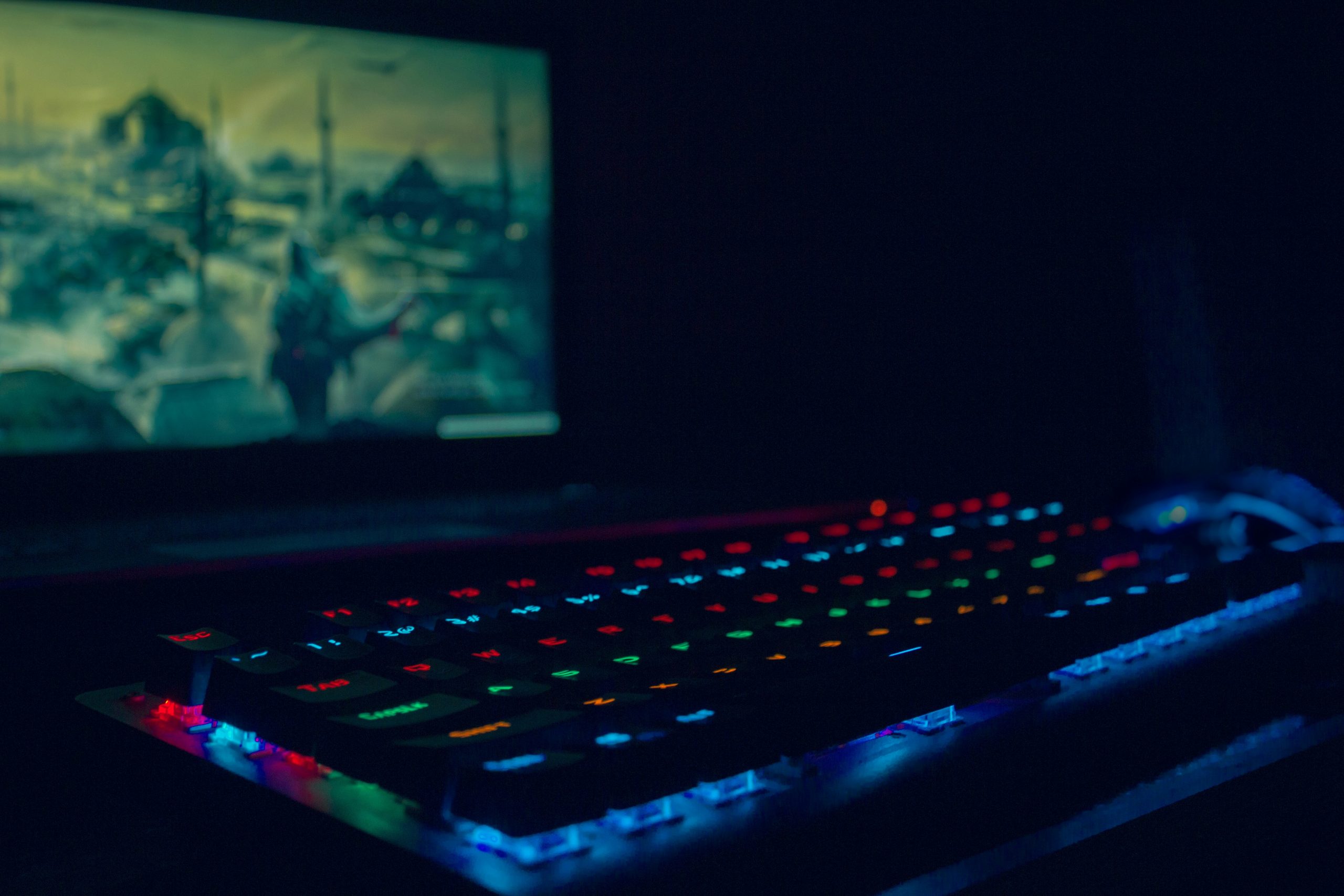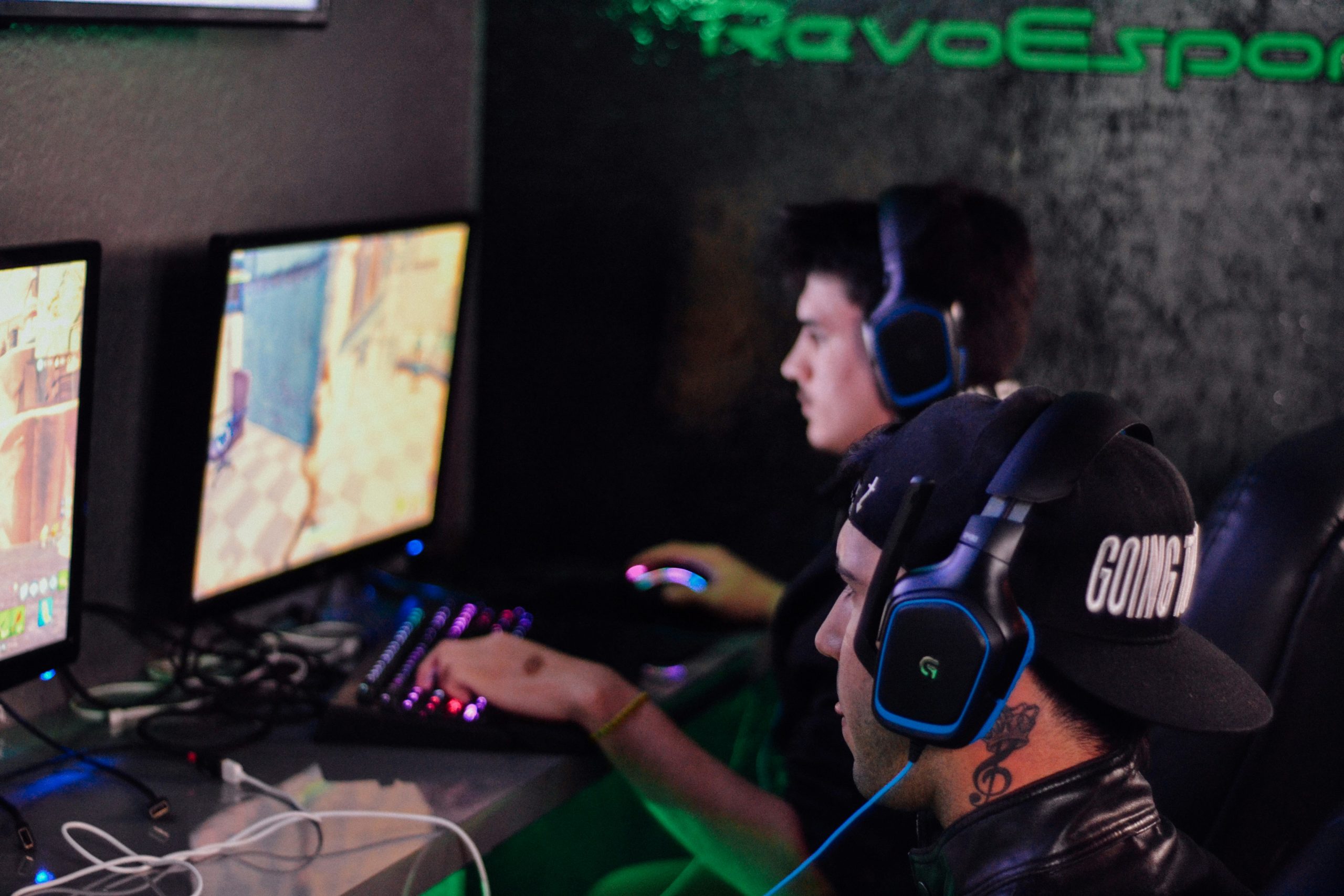In the fast-paced world of gaming, there’s nothing more frustrating than the sudden jolt from immersive action to a glaring desktop screen. For gamers equipped with top-of-the-line processors like the Intel Core i9-13900K, this experience can feel particularly jarring, as users expect seamless performance and cutting-edge experiences. Yet, despite its remarkable specs and speed, many players find themselves grappling with unexpected crashes or abrupt exits during gameplay. What gives?
As we dive into the heart of this perplexing issue, we’ll explore not only the potential culprits behind these crashes but also provide actionable solutions to restore your gaming rig to its full glory. Whether you’re battling fierce opponents in an online arena or exploring vast open worlds solo, you deserve an uninterrupted adventure. Join us as we uncover how to troubleshoot and fix these frustrating interruptions so you can get back to conquering virtual realms without missing a beat!
Common Causes for Game Crashes
One of the most prevalent causes of game crashes is outdated drivers, particularly graphics card drivers. When hardware manufacturers release new games, they often optimize their drivers to ensure compatibility with the latest gaming technology. Ignoring these updates can lead to performance issues and instability, as your system may not properly communicate with newer game engines. A proactive approach in keeping your drivers updated not only improves gaming experiences but also minimizes crash incidents.
Another critical factor lies in overheating components. The Intel Core i9-13900K is a powerhouse, but without adequate cooling solutions, it can become a victim of thermal throttling. This situation forces the CPU to reduce its clock speeds to maintain safe temperatures, which can disrupt gameplay and ultimately result in crashes. Ensuring that your cooling system—be it air or liquid—is optimized and functioning well is essential for smooth operation during those intensive gaming sessions.
Lastly, corrupted game files are often an overlooked culprit behind unexpected exits to the desktop. These files can become damaged due to improper installations or interrupted downloads from platforms like Steam or Epic Games Store. Many digital distribution services offer built-in tools for verifying file integrity; utilizing these tools regularly can prevent emergent errors that plague gameplay experience and contribute significantly to frustrating crashes.

System Requirements and Compatibility Issues
When tackling the frustrating issue of games crashing on high-end systems like those powered by the Intel Core i9-13900K, it’s essential to start with system requirements and compatibility. Many gamers invest in top-tier hardware but often overlook how vital it is that all components harmoniously work together. Inadequate RAM or outdated graphics drivers can become bottlenecks, leading even the most powerful processors to falter under demanding gaming loads.
Moreover, operating system compatibility also plays a crucial role in ensuring stable performance. Games optimized for specific versions of Windows may not perform well if you’re using a different edition or haven’t applied necessary updates. Additionally, third-party software such as overlays can sometimes conflict with game launchers and interfere with gameplay stability. By regularly verifying both your hardware specifications against the game’s requirements and adjusting your software environment accordingly, you pave the way for an uninterrupted gaming experience that fully utilizes your i9-13900K’s capabilities.
Update Graphics Drivers for Stability
Updating your graphics drivers is crucial for optimizing game performance and ensuring system stability, especially when using high-end processors like the Intel Core i9-13900K. Manufacturers like NVIDIA, AMD, and Intel regularly release driver updates that not only enhance graphics rendering but also fix bugs that could lead to crashes or excessive stuttering during gameplay. A clean installation of the latest drivers can often resolve underlying compatibility issues with recent game titles.
Additionally, many gamers overlook the significance of maintaining current graphics driver versions despite operating on advanced hardware. Each update typically includes performance optimizations specific to new releases—meaning that for every must-play title hitting the shelves, there’s likely a corresponding driver tweak waiting to be leveraged. Open your GPU’s control panel to customize settings tailored specifically for gaming environments, enabling features like low-latency modes which further stabilize frame rates and reduce input lag. By prioritizing these updates as part of your routine maintenance, you ensure a smoother gaming experience while maximizing the capabilities of your powerful setup.

Adjust In-Game Settings for Performance
When it comes to maximizing your gaming experience on an Intel Core i9-13900K, tweaking in-game settings can significantly enhance performance and stability. One of the first steps is to adjust the graphics settings; while the allure of ultra-high-definition textures and ray tracing is undeniable, these features can strain even powerful CPUs. Start by lowering options like shadow quality or anti-aliasing—these tweaks often alleviate CPU load without sacrificing too much visual fidelity.
Don’t overlook resolution scaling as a crucial factor in performance optimization. By setting a lower render resolution while maintaining your display’s native resolution, you allow your GPU to handle less demanding workloads, which may prevent unexpected crashes when facing intense graphical sequences. Additionally, turning off V-Sync and enabling frame rate uncapping can result in smoother gameplay by reducing input lag and allowing frames to flow freely without hitting restrictive limits.
Lastly, consider utilizing game-specific configuration files or tools that are designed for fine-tuning settings beyond what the usual menu provides. Many titles have hidden optimizations that aren’t exposed through standard menus—think about adjusting parameters such as CPU affinity or priority through task manager or command line modifications. The more personalized your configuration becomes, the better equipped you’ll be to enjoy those epic gaming moments without interruption from frustrating crashes.
Check Overclocking and Cooling Solutions
When experiencing crashes with the Intel Core i9-13900K, overclocking and cooling solutions are often culprits worth inspecting. This powerful CPU is designed to perform at high levels, but those who push its limits without adequate cooling might find themselves facing unexpected exits to the desktop during gaming sessions. Overclocking can lead to significant gains in performance; however, it also raises thermal output dramatically. A balanced approach is crucial—optimizing clockspeed while ensuring that your cooling system can handle these increased demands.
Consider revisiting your cooling solution if you’ve dialed up the power on your processor. High-performance air coolers or liquid cooling setups can be game-changers for maintaining optimum temperatures under load. Tools like HWMonitor or Core Temp can help track real-time temperature data, allowing you to tweak settings for optimal performance while monitoring thermal limits. Not only will a well-cooled system enhance stability during intense gaming, but it will also prolong the lifespan of your hardware by preventing overheating and subsequent throttling issues that could derail your gaming experience.

Monitor CPU Temperatures During Gameplay
Monitoring CPU temperatures during gameplay is crucial for gamers using high-performance processors like the Intel Core i9-13900K. When you’re engaged in intense gaming sessions, the CPU can heat up significantly, potentially leading to thermal throttling or even crashes if temperatures exceed safe levels. By keeping a close eye on these metrics, you can prevent performance dips that might disrupt your gameplay experience.
Utilizing tools such as HWMonitor or MSI Afterburner allows real-time tracking of temperature fluctuations, helping you identify problematic spikes during critical moments in-game. This proactive approach not only aids in maintaining system stability but also offers insights into whether your cooling solution is adequate for heavy workloads. Additionally, by comparing CPU temperature with ambient room conditions and workload intensity, you can optimize cooling configurations—whether through enhanced airflow or upgrading to a more robust cooler—to ensure sustained gaming enjoyment without interruptions.
Engaging with online communities can also yield valuable advice tailored to specific games and settings that stress the i9-13900K’s capabilities. Ultimately, monitoring thermal performance empowers gamers to make informed decisions about hardware tweaks and optimization strategies for an uninterrupted gaming experience.
Conclusion: Steps to Ensure Smooth Gaming
To ensure a smooth gaming experience with your Intel Core i9-13900K, it’s essential to prioritize system optimization. Start by making sure that your drivers are constantly updated, especially graphics and chipset drivers. Often overlooked, these updates can significantly improve game stability and performance. Additionally, consider managing background applications that may consume valuable resources—this includes unnecessary software running at startup.
Moreover, exploring overclocking cautiously can unlock the potential of your processor for an optimized gaming experience. Tailor the settings to match both performance needs and thermal limits to prevent overheating or instability. Remember to monitor system temperatures using benchmarking tools; keeping your hardware cool is crucial for sustaining long gaming sessions without crashes. Finally, leverage community forums tailored around gaming on high-performance CPUs like the i9-13900K; you’re likely to discover unique tweaks and fixes contributed by fellow gamers eager to share their insights!

